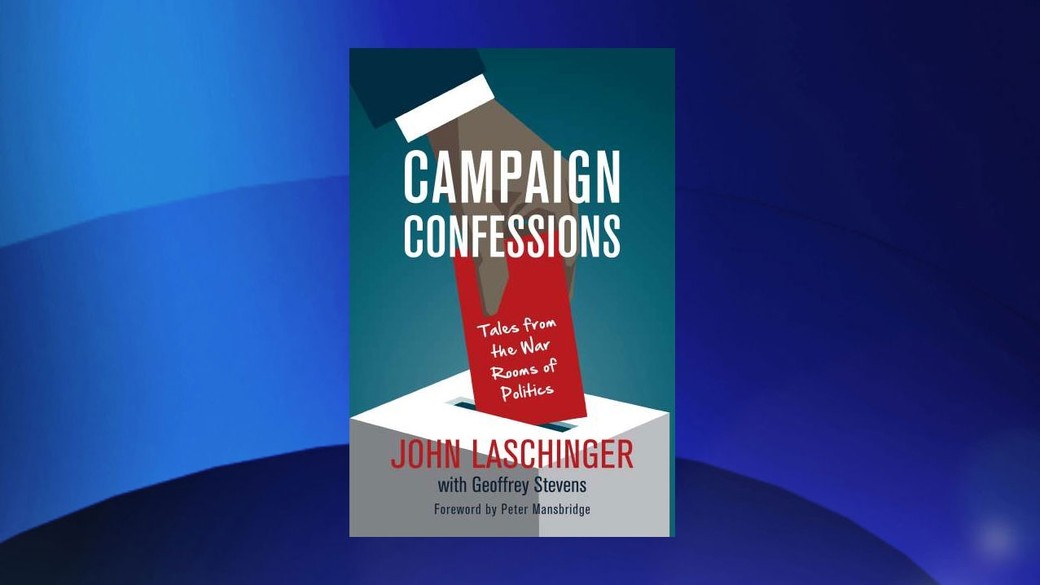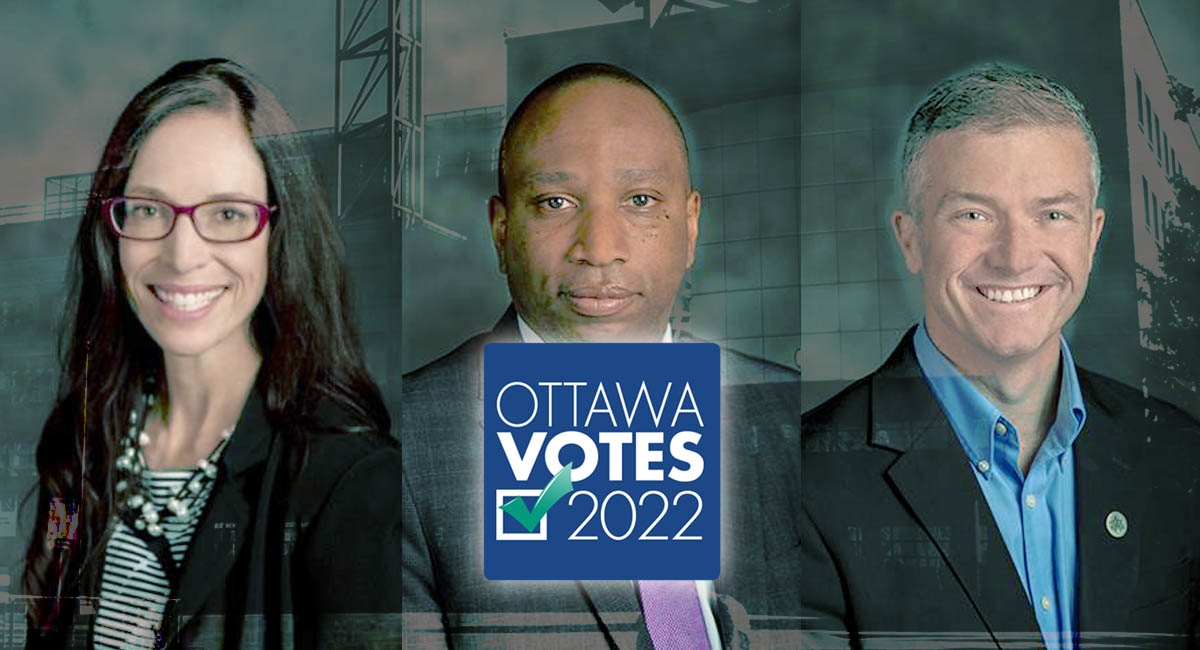
Trudeau on taxes: What has changed since Harper
Since coming to power in 2015, the Trudeau government has touted their commitment to middle class Canadian families. Trying to tie together low income and secure households, they have made sweeping changes as part of their overall campaign on tax reform. So what has really changed since the Harper government?
Some of the biggest changes that the Liberals enacted affected middle-class families with children. The elimination of the Family Tax Cut, which enabled couples with young children to split their income and save up to $2000 per year, was ostensibly replaced with the Canada Child Benefit (CCB). This new benefit also eclipsed several other tax breaks directed at families with children, replaced with a monthly cheque. In July, the CCB was indexed to inflation and now provides families between $5500-6500 per child depending on age, for households with net incomes of $150,000 to less than $30,000.
Since its introduction, nearly 90 per cent of families with children have reported that they are receiving more than they did in the Harper years. Coming up in 2019, the government will be offering an increase to EI Parental Sharing Benefits, where parents would take reduced EI benefits. For example, opting for 55 per cent of EI benefits over 12 months would mean parental leave could be increased from 35 weeks to 40.
Justin Trudeau campaigned to put more money back into the pockets of working class Canadians, and to this end he has kept his promise.
The introduction of the Canada Workers Benefit (CWB) was an update of the Conservative-devised Working Income Tax Benefit to make it more accessible, with marginal increases to the benefits claimed. To date, the benefit for workers was increased by over $300 since 2017, and the threshold cap was raised to $36,400 from $32,300 for those eligible for the CWB, reaching a maximum amount of $700 in 2019.
The same treatment was given to the Guaranteed Income Supplement (GIS), with a drastic maximum increase of $947 in 2016, nearly doubling the benefit from the previous year. As the GIS is part of the broader Old Age Security (OAS) program, it is only one part of the structure that supports senior Canadians.
The Liberal government say they remain committed to helping elderly citizens live comfortably during retirement. This is exemplified by their continued increases to the OAS in 2018, and the introduction of the Pension for Life, which includes benefits for disabled veterans of all ages. While the government has been driving up taxes on high-income Canadians, they are also seeking ways to reduce the strain on small businesses.
By lowering taxes on small businesses to nine per cent from 10.5 per cent, the federal government is hoping to support Canadian entrepreneurs, but there are some drawbacks. Business owners will lose their eligibility of the Small Business Tax Rate when passive income held in the company reaches $150,000.
Overall, it would appear that Trudeau is providing more Canadians with higher benefits, though this isn’t exactly true.
While young families and seniors are seeing improvements, middle-aged Canadians without children at home and young professionals are not seeing the same level of care — particularly the 50 to 65 age group, who find they are unable or unwilling to retire yet still face the same economic burdens as those early in their careers.
Millennials without children are also struggling, and while the CWB helps those who make less than $32,300 anyone making more than this threshold will still find it difficult to support themselves while saving for their future.
As a significant voting block, these two groups may find themselves leaning towards other parties who will promise them a financial plan they can trust.
The question is whether the Liberal Party can afford to the cost of keeping everyone happy.













